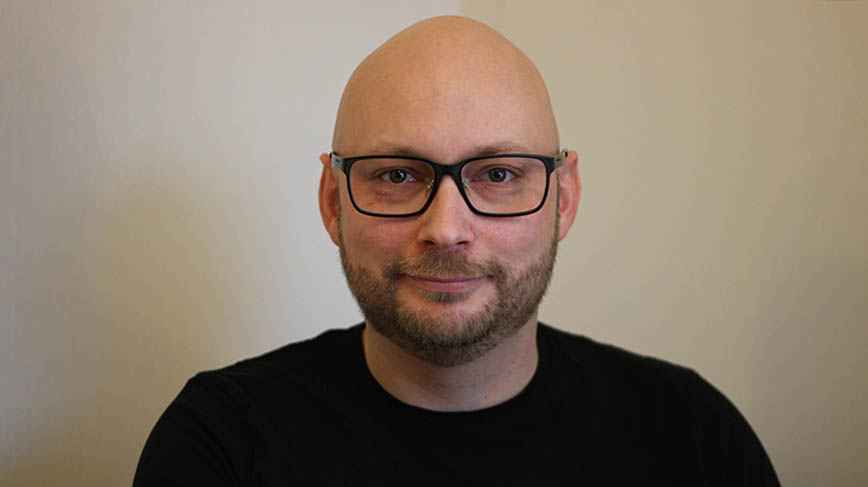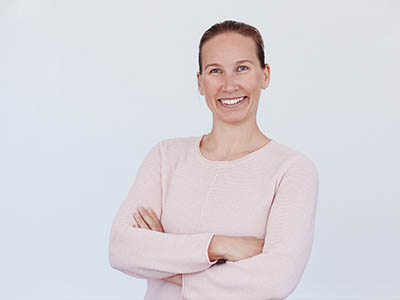How have exams worked at KTH during the pandemic?

How is the exam process working today? What solutions are now being used when exam rooms with written papers are largely being replaced with digital alternatives?
We asked Stefan Stenbom and Elin Lindblad in KTH’s working group for the digitalisation of education.
From mid-March to August 2020, all exams at KTH were organised remotely.
“In the autumn, about half the exams were organised on campus and the other half online,” says Stenbom, who heads the KTH working group for the digitalisation of education.
Digital oral examination has increased the most – students meet a teacher via an online app where they answer questions and present their solutions orally.

Various forms of home exams have also been commonly used, where students are given a set time to solve one or several problems, with access to aids such as course literature and the internet.
“One solution that has attracted a great deal of attention is a written digital exam monitored by webcam via Zoom,” says Stenbom.
“KTH has a long tradition of exams via written papers in an invigilated environment, and the Zoom-monitoring solution is most like this kind of ordinary exam, in practical terms.
Elin Lindblad, deputy head of the working group and head of the digital examinations team, explains:
“Those of us in the working group for the digitalisation of education have been developing solutions for exams in our existing systems since March, such as our teaching platform Canvas, online meetings via the Zoom app and specific exam tools such as Möbius.
Right now, for example, specific exam rooms are being created in Canvas automatically for all examination occasions.
“Teachers can prepare and hold their exams there, while at the same time, we can ensure that only students that have registered for the exam can access the exam room,” says Lindblad.
What are the biggest challenges for teachers and students in this context?
“It is primarily often a case of uncertainty about how best to make use of the opportunities technology can offer,” says Stenbom.
“Webcam monitored exams can sometimes also feel a bit invasive and infringing on the student’s integrity, and less legally certain, compared to an invigilated environment in a physical room. This can create anxiety and stress in students and personnel.”
Lindblad emphasises that the rapid switch has made it difficult for many teachers to keep pace with communication and preparatory work ahead of exams.
“That circumstances can change at short notice is a big challenge for everyone involved.”
What is your take on why there has been an increase in the number of disciplinary cases?
“That the more unusual forms of examination that have been implemented instead of exam rooms as a matter of urgency, and the more long-term solutions are both being formally tested via disciplinary cases is a positive,” says Lindblad.
“One of the important lessons we have learnt is how the way an exam is worded can be varied to make the legal grounds more certain for students.”
Has the new situation given you any take-aways?
“A PriU [Prioritised Educational Issues] Group has started work on assessment and examination methods, where teachers get together to discuss long-term solutions. We are now shifting our focus from immediate digital replacement to more educational developments,” says Lindblad.
“Moving forward, we see a need for support organisations and administration for several forms of exams, similar to the support that is already available for paper-based exams on campus at KTH.”
Katarina Ahlfort
Photo: KTH